Fertilizer Program - Containerized Plants (Long Post)
tapla (mid-Michigan, USDA z5b-6a)
16 years ago
Featured Answer
Comments (126)
puglvr1
15 years agolast modified: 9 years agotapla (mid-Michigan, USDA z5b-6a)
15 years agolast modified: 9 years agoRelated Discussions
Fertilizer Program for Containerized Plants II
Comments (150)I tend to be very sceptical of 'miracle' products like Eleanor's fertilizer and Superthrive that use broad & vague rhetoric to tell you they do everything but cook a perfect 2-minute egg. If it worked like they want to believe it works, they would assuredly lay out the mechanism by which it works to satisfy the sceptics & even the cynics, thereby separating them from the ability to taint the manufacturers sweeping claims. It's sort of like the gritty mix or FP 9-3-6. I can recommend these products for container culture & make help you believe they will work because I can explain why and how they work in a way that leaves you feeling satisfied that your odds of seeing them as beneficial are very good. The many others adding their voices don't hurt, either. OTOH, we can see that it's difficult to sell heavy, peat-based soils when we look critically at them from the plant's perspective - or with the aim of optimizing growth and vitality. There will always be as few people who LOVE these heavy soils for whatever reason, but when it comes to convincing the masses that they truly ARE the best from the plant's perspective, the conversation usually finds them coming up short because of inherent issues that are very difficult to remedy. The same can be said of certain types of fertilizers. As a result, FloraNectar ensures optimal metabolic rates during the flowering and fruiting phase when nitrogen levels have been reduced. How can they make this claim? How can they 'ensure' anything optimal? FloraNectar fulfills the additional energy requirements of your plants throughout all phases of growth and during stressful times of transition. How? Plants' only source of energy comes from the sun & is stored in the sugars, starches, oils, and other bio-compounds they manufacture themselves .... When it comes to horticultural products, if it SEEMS too good to be true, there's a very strong likelihood it isn't. It doesn't bother me that some one else might be convinced of the product's value, but personally, I need a lot more convincing & something with a little more substance to sink my teeth into before I take the hook. ;-) AL...See MoreFertilizer Program - Containerized Plants 4 - by Tapla
Comments (1)I have a fertilizer frequency / quantity question and this seems like a good place to ask rather than cluttering up the board: I have tomatoes and peppers in SWC's and am using MG 18:18:21 "Tomato Plant Food", which seems to be a little off the recommended nutrient quantities but it's what I have. Is there any guidance on how much fertilizer I should use and how often. I've just started using it and am diluting to the level suggested on the box of one teaspoon / gallon for indoor plants - which I assume would be similar to containers as they are also closed systems. Is this too strong or too weak? Should I use this quantity every time? Should I increase once the plants start producing? Final simple question - does the fertilizer go in at the top or do I add the fertilized water straight to the reservoir?...See MoreBe a plant P.I. (very long post)
Comments (24)Those reading this thread grow plants in media that range from sticky, extremely water retentive, and low in oxygen when they are saturated, to media that remain friable (uncompacted), highly oxygenated, and hold NO perched water when they are completely saturated. We cannot simply blame poor plant performance on watering habits, as I illustrated upthread. Neither, can we consider plant/water relationships without considering the media. When we blame poor plant performance on over-watering, what are we saying? On one hand, we might be saying that we are applying too much water to the soil, but is that really accurate? I don't think so. I think it's much more accurate to say the soil is holding too much water. Doesn't this then, shift the responsibility for root rot issues and poor plant performance to the media instead of the hand controlling the water can? The argument might be raised that all you need to do is water less - problem solved .....right? Not so fast. What happens when we water less, in small sips? Salts accumulate in soils from the fertilizers we apply and, as this happens, plants have increasing difficulty absorbing water and the nutrients dissolved in water from the soil. This is stress, and it assuredly affects the plants vitality and diminishes potential growth. Yes, you are able to work around this issue of accumulating salts by eliminating them from the soil with thorough flushing - frequently, but that is a time consuming process and several extra steps. Since the reason you need to flush the soil is because it is too water retentive in the first place, flushing it places the plant at risk for root rot - unless you take still additional steps to make sure that doesn't occur - like depotting the plant and placing it on newspaper over night so the water saturating the soil can be wicked into the newspaper and evaporate. So it sounds good to say it's a watering issue, and not a soil issue, but we can clearly see that it is not a watering issue. Lets look at the other end of the soil range for a moment. Consider a soil with particles that are large enough that the soil holds no water between soil pores. The descriptive terminology would be that it 'holds no perched water'. You can water this soil every hour of every day, yet it holds no water between it's particles. It does. however, hold plenty of water INSIDE the particles - water plants can easily access as they need it. As the plants access this water, their roots are totally surrounded by plenty of air - even immediately after you water to saturation. Even if you water again 10 minutes later, all the water drains from the pores between particles and air returns to the entire volume of soil. How do we need to treat plants in the heavy soil? We need to water them carefully, because if we over-water the soil remains saturated, anaerobic (airless) conditions prevail, and root function/metabolism suffers, the plant is stressed and grows with reduced vitality. While, and because we are watering in small amounts to prevent soil saturation, salts are accumulating and additionally stressing plants. This occurs in every planting you cannot water properly because the medium is too water-retentive. How do we treat plants in the porous soil? We water them until about 10-15% of the water we applied comes out the drain and move on to the next plant - no worries - repeat in a few days. From what I offered, it's easy to see that soils and watering are inextricably related, and that it is actually the SOIL that dictates how you are able to water. Roots die when subjected to saturated (anaerobic) conditions. They don't all die at the same time; they die incrementally with the finest of roots - the workhorses - dieing first, larger roots following finer roots as the length of exposure to anaerobic conditions increases. This process begins quickly, even if you can't see it, within hours of watering, and doesn't stop until the water in the soil is used up and air returns to the soil. At that point, the lost roots begin to regenerate. This is very stressful, and extremely expensive to the plant in terms of energy outlay. The energy the plant must put into root regeneration would have went to blooms, fruit, more leaves, branch extension, or an increase in biomass. It simply is bad for the growth process. These problems are entirely eliminated in soils at the other end of the spectrum, so 'no', we cannot so easily say that it is over-watering that causes these issues when in fact, they are directly related to soil choice. Heavy (water-retentive) soils are convenient and readily available everywhere, and there are the strategies I touched on to help you cope with the difficulties encountered when using them, but the price of convenience, as you see, is often measured in plant vitality. Al...See Morefertilizer
Comments (26)Loslunas - it appears that you're confusing ratios and formulations. Examples of 3:1:2 ratio fertilizers are MG 24-8-16, MG 12-4-8, and Foliage-Pro 9-3-6. The MG products contain some minor elements, and the F-P is complete, having the secondary macros and all the minors. A 6-4-4 fertilizer formulation is a 3:2:2 ratio. Leon: N applications in the urea form lead to ammonium build-up in the plant. Plants can store plenty of N in the form of nitrate, but they can't store much in ammonium form. When soil temperatures are not conducive to microorganism conversion of urea to ammonium + CO2, the plant will take up the urea molecules intact & convert it to ammonium inside the plant. Some signs of ammonium toxicity are curling of older leaf margins, chlorotic patterns that vary by plant species, and burned roots - often resulting in wilting and inadequate hydration/turgor. Al...See Morewi-northernlight
15 years agolast modified: 9 years agotapla (mid-Michigan, USDA z5b-6a)
15 years agolast modified: 9 years agowi-northernlight
15 years agolast modified: 9 years agojustaguy2
15 years agolast modified: 9 years agotapla (mid-Michigan, USDA z5b-6a)
15 years agolast modified: 9 years agovance8b
15 years agolast modified: 9 years agojustaguy2
15 years agolast modified: 9 years agotapla (mid-Michigan, USDA z5b-6a)
15 years agolast modified: 9 years agovance8b
15 years agolast modified: 9 years agowi-northernlight
15 years agolast modified: 9 years agotapla (mid-Michigan, USDA z5b-6a)
15 years agolast modified: 9 years agosailorbarsoom
15 years agolast modified: 9 years agotapla (mid-Michigan, USDA z5b-6a)
15 years agolast modified: 9 years agokbirdz
15 years agolast modified: 9 years agotapla (mid-Michigan, USDA z5b-6a)
15 years agolast modified: 9 years agokbirdz
15 years agolast modified: 9 years agotapla (mid-Michigan, USDA z5b-6a)
15 years agolast modified: 9 years agozzcooper
15 years agolast modified: 9 years agotapla (mid-Michigan, USDA z5b-6a)
15 years agolast modified: 9 years agokbirdz
15 years agolast modified: 9 years agotapla (mid-Michigan, USDA z5b-6a)
15 years agolast modified: 9 years agoang29
15 years agolast modified: 9 years agolilfrenchgardener
15 years agolast modified: 9 years agotapla (mid-Michigan, USDA z5b-6a)
15 years agolast modified: 9 years agolilfrenchgardener
15 years agolast modified: 9 years agotapla (mid-Michigan, USDA z5b-6a)
15 years agolast modified: 9 years agolilfrenchgardener
15 years agolast modified: 9 years agotapla (mid-Michigan, USDA z5b-6a)
15 years agolast modified: 9 years agogardenerme
15 years agolast modified: 9 years agotapla (mid-Michigan, USDA z5b-6a)
15 years agolast modified: 9 years agogardenerme
15 years agolast modified: 9 years agogardenerme
15 years agolast modified: 9 years agogardenerme
15 years agolast modified: 9 years agotapla (mid-Michigan, USDA z5b-6a)
15 years agolast modified: 9 years agokatskan41
15 years agolast modified: 9 years agotapla (mid-Michigan, USDA z5b-6a)
15 years agolast modified: 9 years agosuseart
15 years agolast modified: 9 years agokatskan41
15 years agolast modified: 9 years agogardenerme
15 years agolast modified: 9 years agogardenerme
15 years agolast modified: 9 years agotapla (mid-Michigan, USDA z5b-6a)
15 years agolast modified: 9 years agogardenerme
15 years agolast modified: 9 years agoragtimegal
15 years agolast modified: 9 years agotapla (mid-Michigan, USDA z5b-6a)
15 years agolast modified: 9 years agojodik_gw
15 years agolast modified: 9 years agotapla (mid-Michigan, USDA z5b-6a)
15 years agolast modified: 9 years agotapla (mid-Michigan, USDA z5b-6a)
15 years agolast modified: 9 years agovidyut
9 years agolast modified: 9 years ago
Related Stories
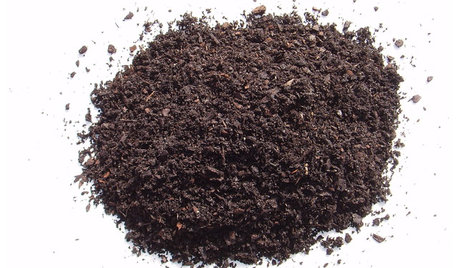
GARDENING GUIDESGet on a Composting Kick (Hello, Free Fertilizer!)
Quit shelling out for pricey substitutes that aren’t even as good. Here’s how to give your soil the best while lightening your trash load
Full Story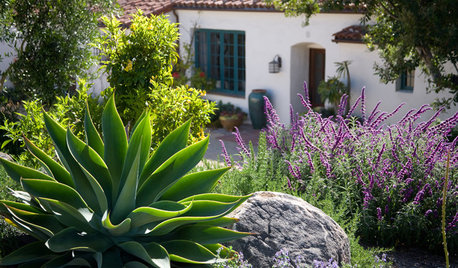
GARDENING GUIDESCommon Myths That May Be Hurting Your Garden
Discover the truth about fertilizer, soil, staking and more to keep your plants healthy and happy
Full Story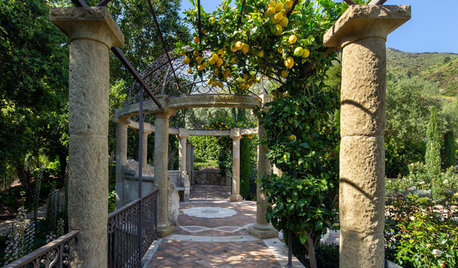
GARDENING GUIDESHow to Keep Your Citrus Trees Well Fed and Healthy
Ripe for some citrus fertilizer know-how? This mini guide will help your lemon, orange and grapefruit trees flourish
Full Story
GREEN BUILDINGWhat's LEED All About, Anyway?
If you're looking for a sustainable, energy-efficient home, look into LEED certification. Learn about the program and its rating system here
Full Story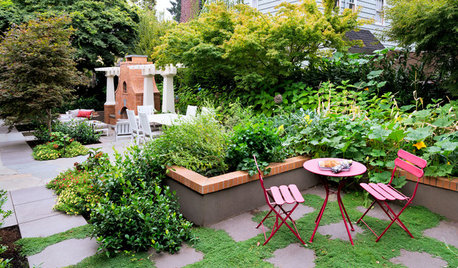
GARDENING GUIDESHow to Switch to an Organic Landscape Plan
Ditch the chemicals for a naturally beautiful lawn and garden, using living fertilizers and other nontoxic treatments
Full Story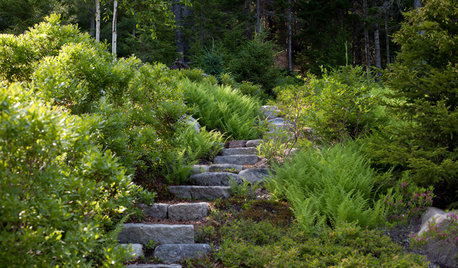
GARDENING GUIDESGreat Design Plant: Grow Blueberries for Their Fruit and More
Eastern gardeners should consider growing blueberry plants for their delicious fruits, bee-friendly spring blooms and brilliant fall foliage
Full Story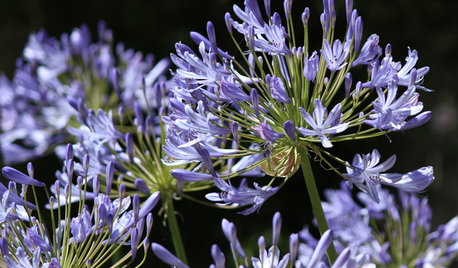
GARDENING GUIDES8 Plants That Snobs Love to Hate — and You'll Love to Grow
Don't dismiss these common annuals, perennials and shrubs — there are reasons they've been popular for so long
Full Story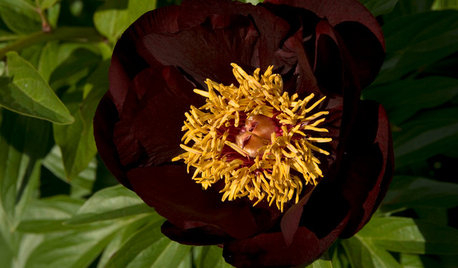
GARDENING GUIDESGreat Design Plant: Peonies
Fancy some old-time romance and low-maintenance color in your garden? These long-lived flowers are just the thing
Full Story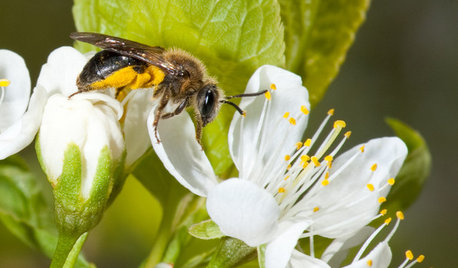
GARDENING GUIDESInvite Mining Bees to Your Garden by Planting Their Favorite Plants
Look for mining bees (Andrena) pollinating woodland wildflowers in U.S. gardens this spring
Full Story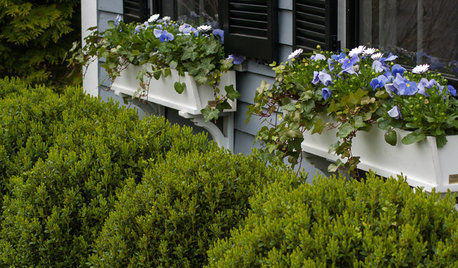
GARDENING GUIDESMake Sure You Read This Before Buying New Plants
Follow these 10 plant-selection tips to avoid buyer’s remorse
Full Story



gardengal48 (PNW Z8/9)